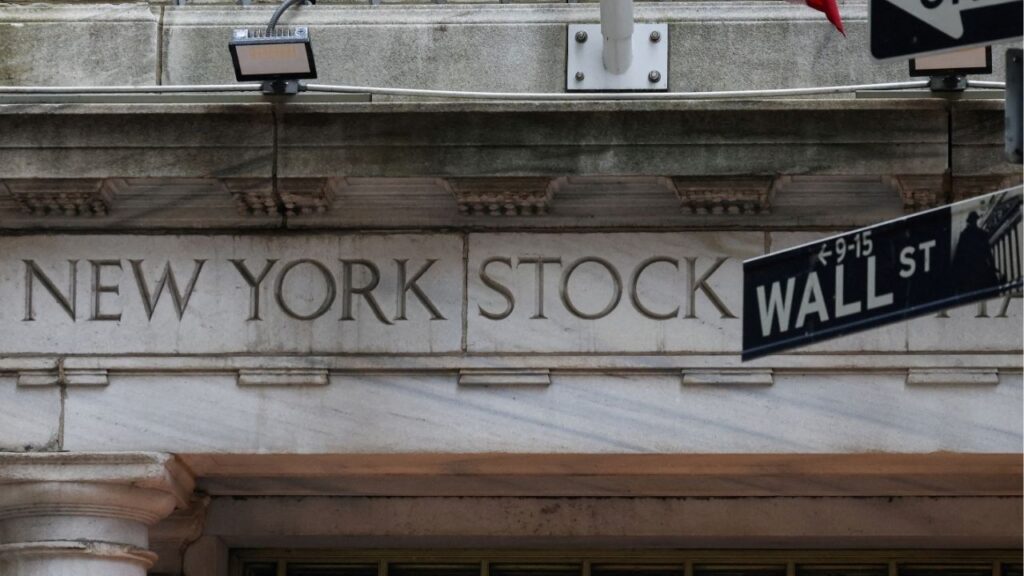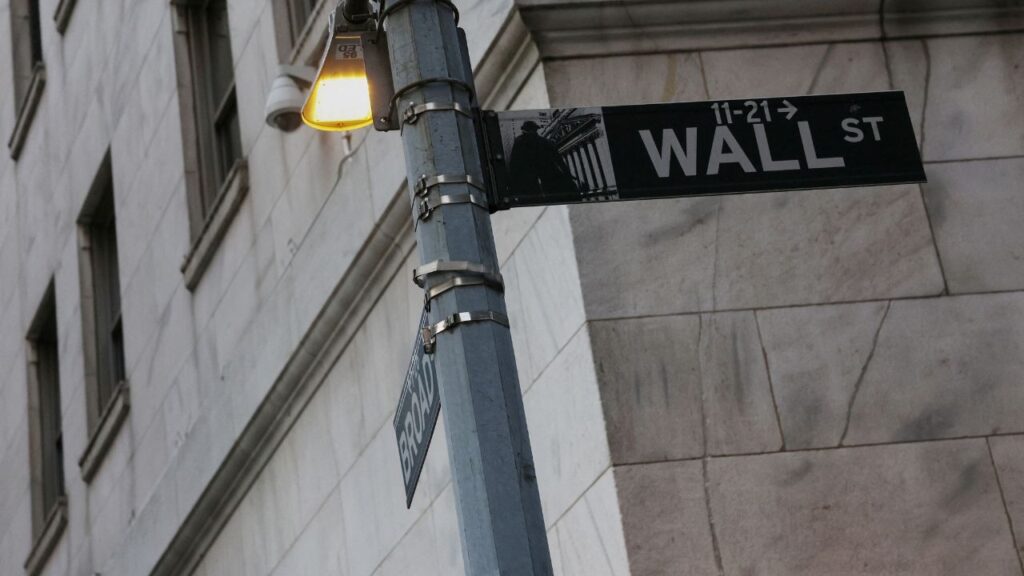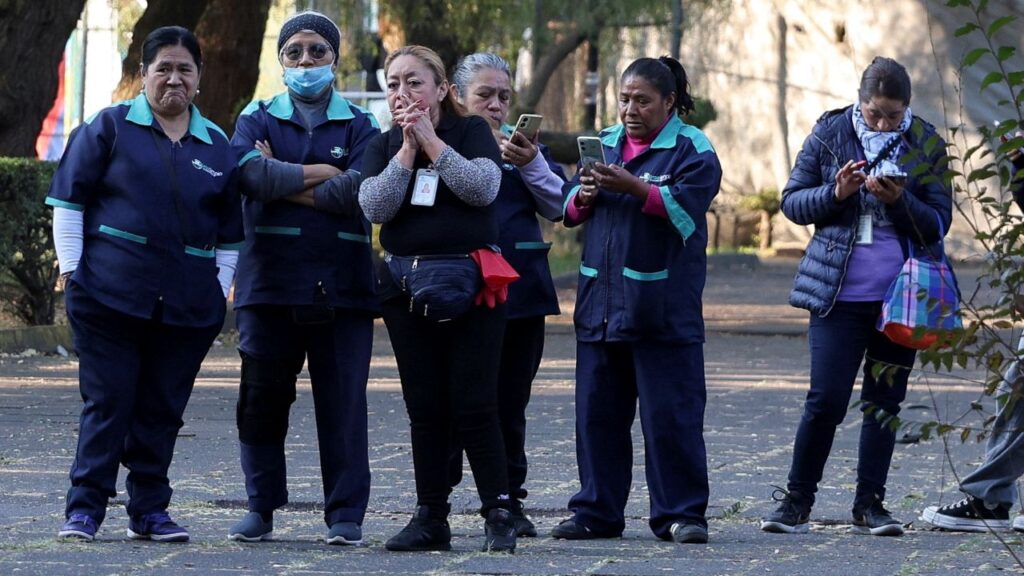Despite low unemployment rates, rising living costs are fueling pessimism among Americans, impacting the 2024 election landscape. (Shutterstock)

- Economic attitudes will heavily influence the 2024 election outcome.
- California faces high inflation, exacerbating its already high living expenses.
- Inflation disproportionately affects lower-income households in California.
Share
|
Getting your Trinity Audio player ready...
|
On paper, the U.S. economy seems to be doing well with historically low unemployment. Yet most Americans have a sour view in recent polls, with stubborn inflation in living costs cited as the reason for that pessimism.

Dan Walters
CalMatters
Opinion
“As the 2024 general election begins in earnest, voters’ assessment of the economy and of the candidates’ ability to manage it will, as usual, have a strong impact on the outcome of the race,” Brookings Institute stated in a recent analysis of economic attitudes. “With little more than seven months until Election Day, the economy remains a key advantage for former President Donald Trump, and a drag on President Biden’s reelection prospects.”
Biden needn’t worry about losing California to Trump, but it has one of the nation’s highest rates of inflation, according to Moody’s Analytics, worsening its already outlandishly high costs of housing and other living expenses. It’s the biggest factor in California having the highest level of functional poverty of any state, 13.2% according to the U.S. Census Bureau, about 50% higher than the national rate.
Related Story: California Governor Criticized for Proposal to Eliminate Health Benefit for ...
Disproportionate Effects on Low-Income Households
The Public Policy Institute of California, using similar statistical methodology, has found that a quarter of Californians are either living in poverty or financially close. More recently, the PPIC has explored the impact of inflation, especially on California families which struggle to pay for housing, food and other necessities.
In 2018–19, PPIC reported, “these necessities cost California’s low-income households about $26,000, on average; by 2024, these households would need to spend over $32,000 on the same goods and services. By comparison, the top income group spent on average $82,000 on these basics in 2018–19, which would now cost nearly $100,000 in 2024.”
The PPIC has found that “prices have increased unevenly across goods and services – with varying effects across households at different income levels. Food prices are up 27% compared to April 2019, and gasoline is up 29%. While expenditures on these goods and services make up large portions of most household budgets, lower-income households spend almost all of their resources (83%) on food, housing, transportation (including gasoline), and health care.”
Related Story: Your Guide to California’s Minimum Wage: Surviving in an Expensive State
Obviously those on the lower rungs of the economic ladder have more difficulty adjusting to increases in living costs. It’s not hyperbole to say that inflation is a major reason why so many Californians cannot move up that ladder.
Inflation’s Ripple Effect on Public and Private Sectors
Meanwhile, efforts to curb inflation have a compounding effect. The Federal Reserve System maintains high interest rates to cool off the economy and bring down inflation, but those interest rates make home ownership more difficult and affect businesses, which often raise the prices of goods and services to maintain profits.
Inflation also hits the public sector, increasing the costs of providing services and wreaking havoc on state and local government budgets. It’s one of the reasons the state budget suffers from a massive deficit and why many cities, counties and school districts are struggling to balance their budgets.
Related Story: Warning: Pay Special Attention to California’s November Ballot Measures
By happenstance, the PPIC issued its report on inflation on the same day that BravoDeal, a website devoted to helping consumers find bargains, released its study of fast food prices, comparing four popular chains state-by-state.
Overall, fast food outlets in Mississippi had the lowest prices while those in Hawaii were the highest, followed by New York, New Jersey and California.
For example, a McDonald’s Big Mac costs an average of $5.11 in California but just $3.91 in Mississippi.
About the Author
Dan Walters has been a journalist for nearly 60 years, spending all but a few of those years working for California newspapers. He began his professional career in 1960, at age 16, at the Humboldt Times. CalMatters is a public interest journalism venture committed to explaining how California’s state Capitol works and why it matters. For more columns by Dan Walters, go to calmatters.org/commentary.
Make Your Voice Heard
GV Wire encourages vigorous debate from people and organizations on local, state, and national issues. Submit your op-ed to bmcewen@gvwire.com for consideration.
RELATED TOPICS:
Categories

Wall Street Ends Mixed at the Top of the New Year


















